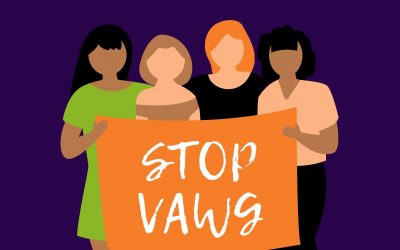In the UK, cyberstalking has become a growing concern for young people who are active on social media and other online platforms. According to the National Society for the Prevention of Cruelty to Children (NSPCC), cyberstalking is the second most common type of online grooming, with over 1,200 cases reported in the UK in 2019. Furthermore, a study by the Office for National Statistics (ONS) found that 1 in 5 women and 1 in 10 men aged 16-24 had experienced some form of online harassment in the previous year, including cyberstalking.
In today’s digital age, cyberstalking has become a growing concern for young people who are active on social media and other online platforms. Cyberstalking refers to the use of electronic communication to harass, intimidate, or threaten someone. Cyberstalking can be extremely distressing and can cause significant emotional harm to the victim. Here are some ways young people can protect themselves from cyberstalking:
- Keep your personal information private: The first and most important step in protecting yourself from cyberstalking is to keep your personal information private. This includes your full name, address, phone number, email address, and any other information that could be used to identify you. Be cautious about sharing personal information on social media or other online platforms.
- Use strong passwords: Make sure you use strong, unique passwords for all of your online accounts. Avoid using the same password for multiple accounts, and avoid using easily guessable passwords such as your name or birthdate.
- Be cautious of strangers online: Be cautious about accepting friend requests or messages from strangers online. If someone you don’t know sends you a friend request or message, it’s best to ignore it or block the person.
- Monitor your online presence: Regularly check your social media accounts and other online profiles for any unauthorized activity. If you notice any suspicious activity, report it immediately to the platform’s support team.
- Use privacy settings: Make sure you understand and use the privacy settings on social media and other online platforms. These settings can help you control who can see your posts, photos, and personal information.
- Don’t respond to cyberstalking: If you are being cyberstalked, do not respond to the stalker. Responding may encourage the stalker to continue their behavior. Instead, document the incidents and report them to the appropriate authorities.
- Seek help if necessary: If you are being cyberstalked and feel unsafe or threatened, seek help from a trusted adult or a professional counselor. Don’t try to deal with the situation alone.
Cyberstalking can be a distressing and dangerous experience for young people. By taking precautions and following these tips, you can protect yourself from cyberstalking and stay safe online. Remember, if you are being cyberstalked, don’t hesitate to seek help and report the incidents to the appropriate authorities.



